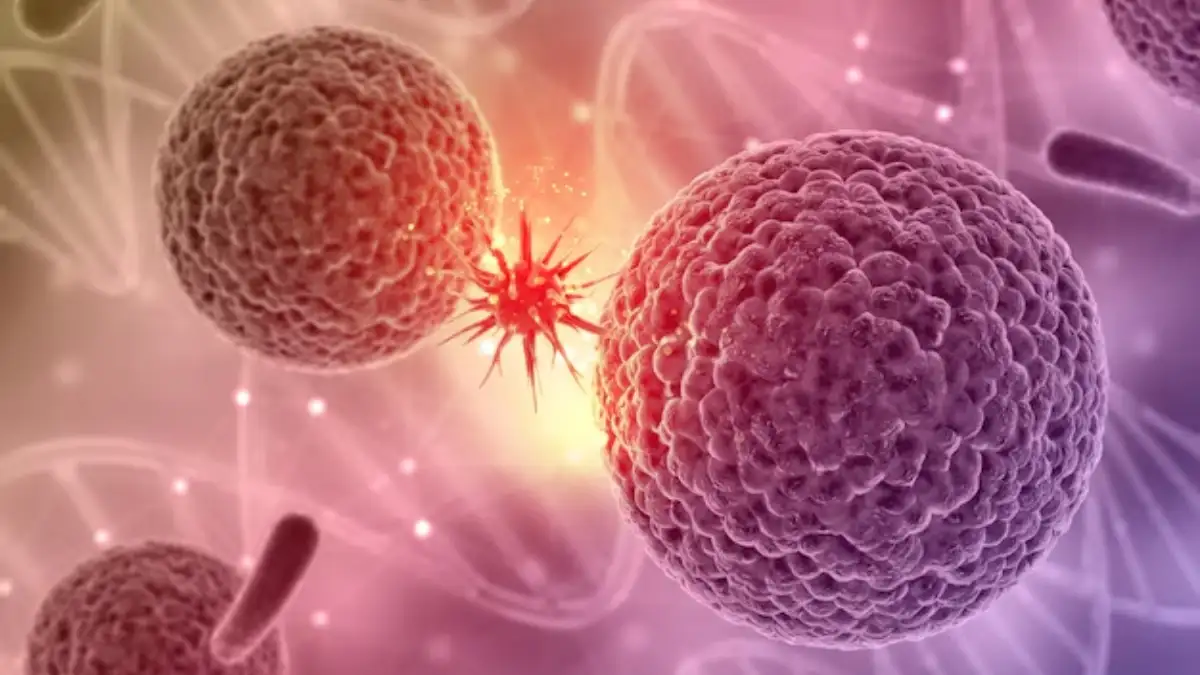How does cancer affect different age groups? Explains expert – India TV

Age is the biggest risk factor for the disease. More than nine out of 10 cancers are diagnosed in people 45 and older. Those older than 74 make up almost 28% of all new cancer cases. Researchers aren’t sure why this is so. It could be that the passing decades give your cells more time to turn faulty, or mutate, and grow into cancer. Or older age simply means you’ve been exposed to sunlight, cigarette smoke, chemicals, and other cancer-causing agents for longer. It’s likely a combination of time and exposure that raises the risk of getting cancer at an older age.
Cancer can occur at any age, including as infants and toddlers. But cancer is mostly a disease of middle age and beyond. The median age at diagnosis is 66, meaning that half of all new cases are found before then and half are diagnosed later.
Cancer Types by Age
When we spoke to Dr Pritam Kataria, Consultant, Medical Oncology, Sir HN Reliance Foundation Hospital, he said that the link between cancer and age can differ by type of cancer. For example, the most common cancers found in kids 14 and younger are leukaemia, lymphoma, or cancer of the brain or central nervous system. More than one in four people diagnosed with bone cancer are under 20. The risk of many cancers rises in tandem with age. About 16% of women newly diagnosed with ovarian cancer are between the ages of 45 – 54. More than 70% of women with ovarian cancer are diagnosed at age 55 or older. Overall, about 1 in 87 women during her lifetime will be diagnosed with ovarian cancer.
Age and cancer risk: What’s the connection?
Some reasons for the link between cancer and older age are straightforward, such as the simple fact that human immune systems become weaker with age and therefore are less efficient at killing cancerous cells before they multiply. The immune system’s effectiveness starts gradually declining around age 20, but that decline accelerates substantially in the 60s. As the immune system’s response slows down, so does its ability to find and correct defects in cells.
Another factor is the gradual deterioration of cells and their proteins. The human body is like a copy machine with no off switch that spends its entire life producing copies of new cells to replace those that have died. Like a copier that produces paper copies of copies year after year, over time, those copies may become distorted and look very different from the original or early versions. As the human body produces new copies of cells over the years, the chances for mutations or defective cells increase.
Getting older also comes with several “hallmarks of ageing” that overlap with key contributors to cancer. These include:
- Genomic instability, or the gradual accumulation of genetic damage during a person’s lifetime
- Everyday exposure to risk factors, such as ultraviolet rays from the sun, increases the likelihood of skin cell damage that may lead to skin cancer and melanoma
- Continued smoking over many years
- Viral infections
- Exposure to chemical pollutants or air pollution
- Occupational hazards
ALSO READ: Breast cancer can be prevented by undergoing these tests to detect symptoms at an early stage



Post Comment